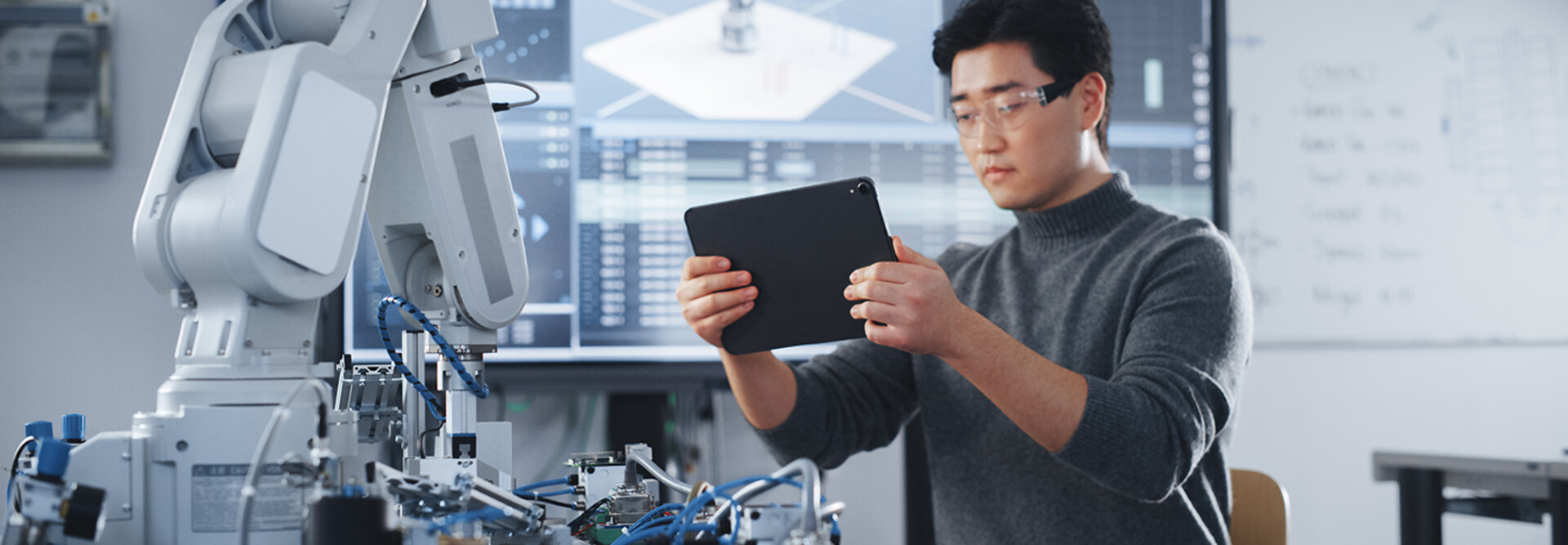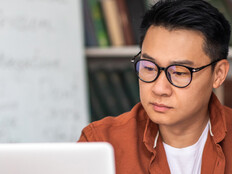“They require you to understand computer science, neural networks, large language models, computer vision, sensor and signal processing, simultaneous localization and mapping, and various other engineering technologies,” Shah says.
Colleges and universities are testing early-stage robots for food delivery as well as providing self-driving shuttle service for some campus routes, according to Shah.
Teaching Kits and Programming Robots at Universities
NVIDIA offers teaching kits for robotics that become part of a university’s curriculum. The kits include labs, lectures, homework assignments, slides and demo problems, Shah says. NVIDIA’s Deep Learning Institute enables students to access graphics processing units in the cloud through self-paced or instructor-led courses. NVIDIA developed its robotics teaching kit along with leading research labs such as the the University of Pennsylvania’s GRASP Laboratory at Penn Engineering.
Meanwhile, NVIDIA’s Deep Learning Institute lets educators run workshops on the fundamentals of building AI or programming robots, Shah adds. Online learning courses from NVIDIA provide training in Isaac Sim, a reference application that allows developers to develop, simulate and test AI-driven robots, and Isaac Lab, an open-source framework for robotic learning. NVIDIA also provides schools such as Carnegie Mellon University and University of Pittsburgh with access to the NVIDIA NeMo software framework for custom generative AI and NVIDIA NIM microservices.
The Georgia Tech Research Institute has been working with NVIDIA on applied robotics research and applying autonomy to defense-related problems, according to Shah. The school offers programming and training of intelligent machines for unmanned air, ground, surface and subsurface systems that are controlled autonomously. They perform research for DoD missions.
“From a university point of view, it's a massive engineering challenge because to enable physical AI, you have to solve these really large AI problems,” Shah says. “These are also really large sensor and signal processing problems, and that's where NVIDIA’s platform excels.”
Click the banner below to learn how university leaders are adapting to rapid AI advancement.













